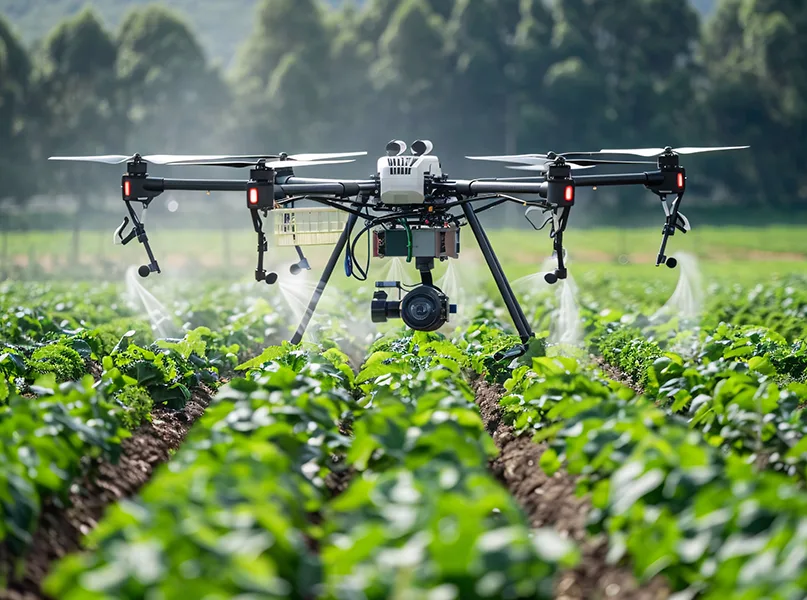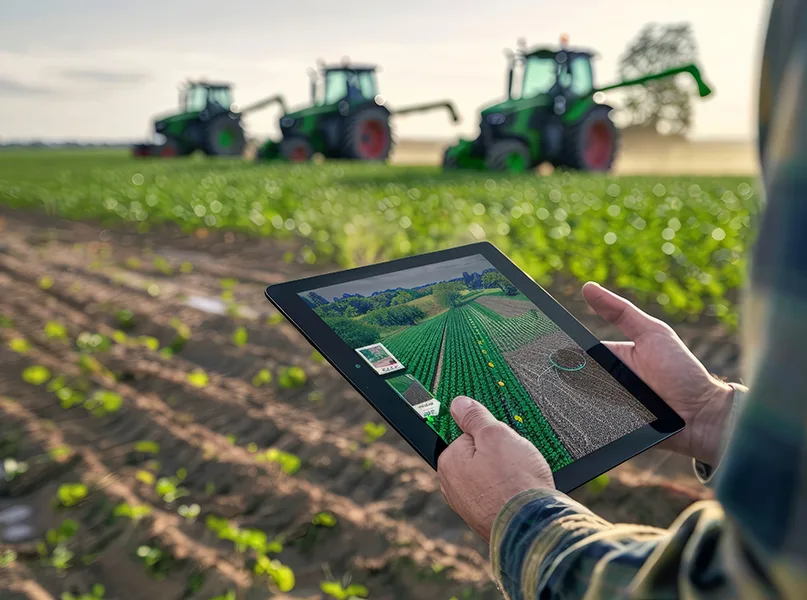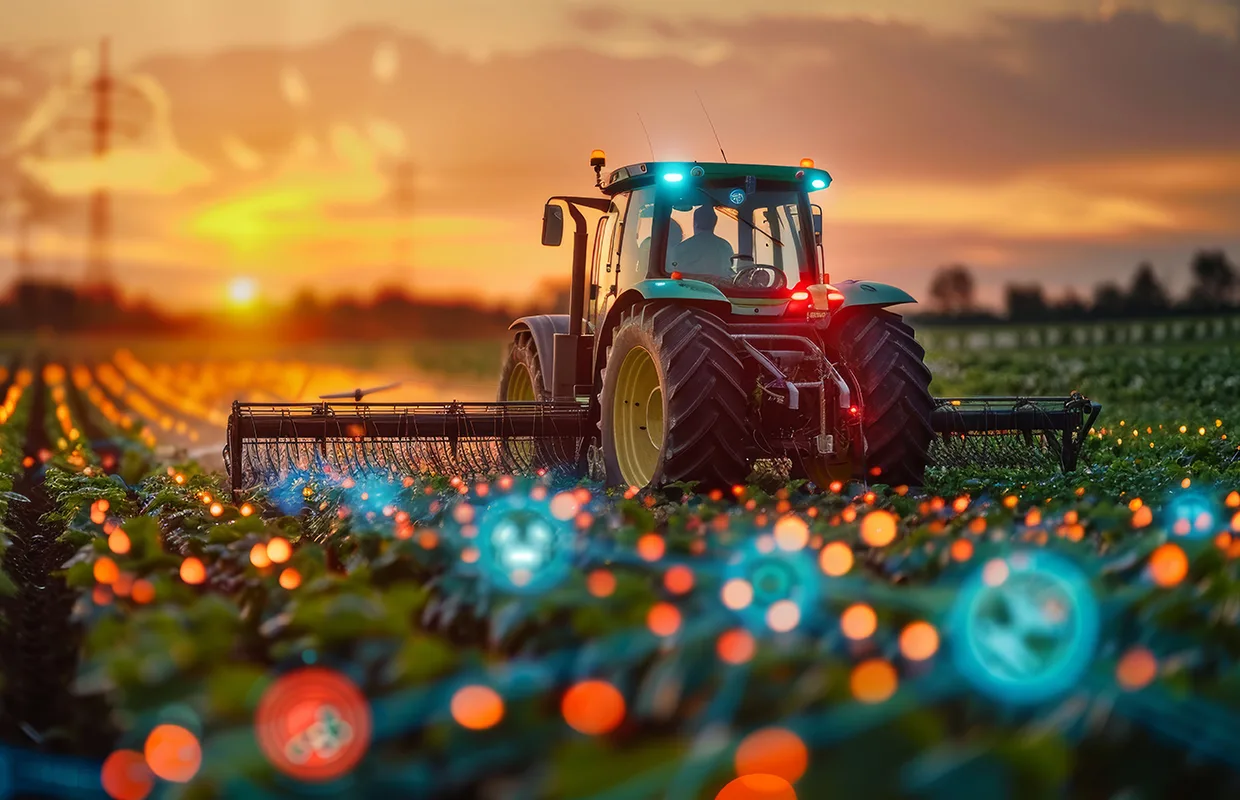CEO and co-Founder of FarmERP, Sanjay Borkar, discusses the integration of innovative new technology that is driving the transformation of agriculture into a more efficient and sustainable entity.
TRANSFORMING AGRICULTURAL VALUE CHAINS
The integration of technology has reshaped the agricultural value chain from seeding and harvesting to transportation and logistics, transforming the agribusiness sector.
Today, artificial intelligence (AI) and machine learning (ML) are driving this transformation, empowering agribusinesses to enhance productivity, profitability, and predictability, streamline operations, and promote sustainability. From fieldwork to food safety, AI and ML optimise every stage of the agricultural process, fostering a more efficient, transparent, and environmentally responsible value chain.

IMPLEMENTING AI AND ML
One of the most impactful uses of AI and ML in agriculture is precision farming, which involves using data-driven insights to improve crop management. With AI-powered tools, farmers can monitor soil conditions, weather patterns, and crop health in real time. ML algorithms process vast datasets to predict optimal planting times, irrigation schedules, and fertilisation needs for specific crops based on factors such as climate, soil type, and crop variety.
For example, AI systems can determine precise irrigation requirements by analysing soil moisture data collected from Internet of Things (IoT) sensors. This approach reduces water waste and ensures crops receive adequate nutrients, resulting in higher yields. Similarly, AI-powered tools can identify early signs of disease or pest infestations through image analysis from drones or cameras, enabling farmers to take preventive measures, reducing pesticide use, and minimising crop loss.
Beyond the field, these new technologies are revolutionising agricultural transportation and logistics. The efficient movement of goods from farms to processing plants or retail outlets is crucial, as inefficiencies can lead to waste, increased costs, and delays. AI optimises logistics by providing real-time data on transportation routes, vehicle conditions, and delivery schedules. ML models analyse historical data and current conditions, such as traffic and weather patterns, to recommend the most efficient routes, reducing fuel consumption and transport costs.
AI also optimises load management, ensuring vehicles operate at full capacity, reducing empty trips, and enhancing supply chain efficiency. AI-driven predictive analytics additionally supports demand forecasting, allowing producers to adjust production and inventory levels. This helps mitigate risks of overproduction or stockouts, ensuring product availability without surplus waste.
Equally, IoT devices play a key role in automating agricultural tasks. Autonomous tractors, drones, and harvesters are deployed in fields to reduce manual labour and expedite operations. These machines can be remotely controlled and continuously monitored using IoT technology, ensuring optimal performance.

DEVELOPING THE AGRICULTURAL FUTURE
Another significant development in agriculture is the use of QR codes for food safety and traceability. By adding QR codes to packaging, agribusinesses offer consumers detailed information about a product’s origin, farming practices, and supply chain journey. This transparency is increasingly valued as consumers demand safer and more traceable food.
Software as a service (SaaS)-based enterprise resource planning (ERP) platforms are also emerging as comprehensive solutions for modern agribusinesses. These platforms incorporate AI, ML, IoT, and QR code technology, integrating every aspect of farming operations, from planting to logistics and food safety. With a single software solution, agribusinesses manage operations more efficiently, track crop cycles, optimise inventory, streamline supply chains, and ensure regulatory compliance, all while leveraging AI to make data-driven decisions.
As agriculture continues its digital transformation, advanced technologies will play an increasingly crucial role, helping the sector meet the needs of a growing global population while minimising environmental impact.


















